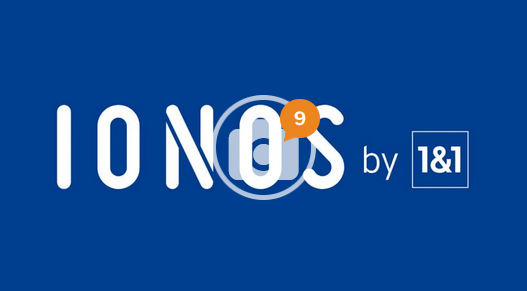Sourced from what’s trending
Summary:
- Have you ever added items to your cart due to bonus offers? It’s a deliberate marketing strategy. Temu gamifies shopping.
- Gamification in online shopping uses casino-style tactics to push buyers into purchasing more products. Variable rewards drive consumer behaviour.
- Learn 5 ways to outsmart gamified marketing. Understand the illusion of savings and avoid impulse purchases. Take back control.
Have you ever found yourself adding items to your cart just because of a bonus offer you stumbled across? That wasn’t an accident. It’s a deliberate and highly successful marketing strategy.
Internet bazaars like Temu have gone through the roof in popularity as much for their apparently unbeatable prices as because of how they gamify shopping. One of their flashiest attractions is the promise of “big bonus discounts.” Their casino-style mechanisms that give users discounts, vouchers, or credits, at first glance seem to be a nice bonus. In fact, they are a quiet but powerful tactic to push buyers into putting more products into their baskets.
How Gamification Works in Online Shopping
Gamification—the application of game elements in a non-game environment—has become a routine strategy in online marketing. Fitness apps reward users with badges, banks give streak rewards, and e-learning sites provide points.
In the retail environment, however, gamification has special potency because it relates directly to expenditure. Temu and similar apps incorporate “prize wheel” into the user experience to simulate the thrill of the slot machine, providing an opportunity to “win” coupons, further discounts, or even free shipping. This is a tactic borrowed from the online gaming world, where free spins are popular form of casino bonus.
Every spin is a small win. Even a small reward—such as a few dollars taken off or a percentage discount—instils a sense of urgency. Consumers feel they have “earned” a prize and are motivated to use it before it runs out, which makes them purchase goods they otherwise would not have.
The Illusion of Savings: Understanding “Cart Creep”
Spin-the-wheel offers present discounts in the guise of fortune, redirecting consumers from considering need to grabbing a “prize.” Coupons usually come with minimum spends that encourage individuals to put more into their carts.
Hooked by Habit
Temu’s free spins aren’t a novelty that happens just once. They are replenished every day, often several times a day, entering a pattern of habit-based use. Even if consumers don’t intend to make a purchase, the temptation of a free spin lures them back into the app, where new items and lightning sales beckon.
This behaviour is based on behavioural economics. The variable reward—the thrill of not knowing what you’ll get—creates an exciting experience for the user. This unpredictability causes dopamine release in the brain, which gets the behaviour reinforced. Every spin not only keeps the app front of mind but also keeps the shopper pre-primed to buy something whenever they look at a “good deal.”
Shoppers often start with one or two items but end up with a full basket—a phenomenon dubbed “cart creep.” Spin-the-wheel deals push buyers to add more turning a $20 plan into a $65checkout. Similar tactics such as mystery boxes and lucky draws are used in flash sale sites to keep customers engaged. This is the same reason for the viral popularity of Labubu’s blind box strategy.
5 Ways to Outsmart Gamified Marketing
Getting to know these strategies is the most important step in shopping smart. Useful tips are:
Pause before spinning. Ask yourself whether you were going to purchase something prior to the offer. If not, then you’re likely being enticed by the game.
Read the fine print. Coupons mostly come with minimum spends or expire after hours, which promotes impulse purchasing.
Make a list. Hold yourself to things you really need rather than wandering through aimlessly to “spend” your prize.
Estimate actual savings. A 20% discount on something you don’t need isn’t saving money—it’s spending money.
Take advantage of a cooling-off period. If you find yourself vulnerable to a spin reward, wait a few hours before checking out. The rush will wear off, making rational decisions easier.
By treating “free spins” as a marketing strategy instead of an actual bonanza, you take back control over your shopping.
The Bottom Line
By combining entertainment and commerce, sites such as Temu have gamified online shopping. Spins for free and surprise rewards make it seem as though everyone triumphs. But in the end, the winner is usually the site itself, as it gains more engagement and bigger cart sizes.
Consumers aren’t hopeless, however. Learning how these strategies operate enables you think twice and not succumb to the trap of wastefulness.
Feature image credit: appshunter.io on Unsplash











